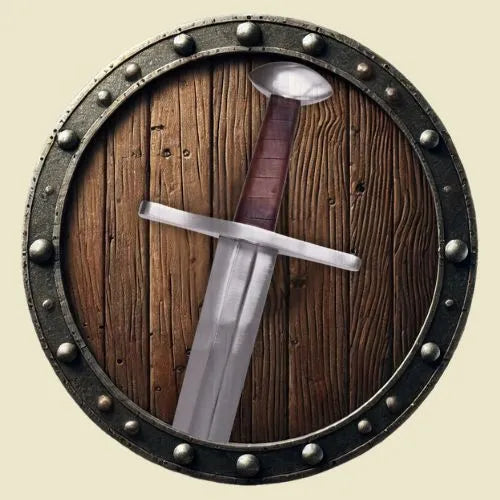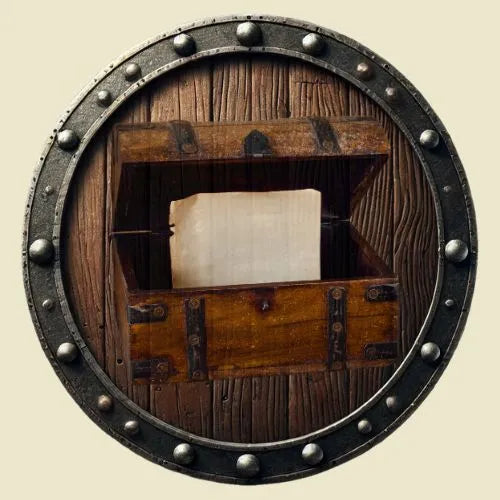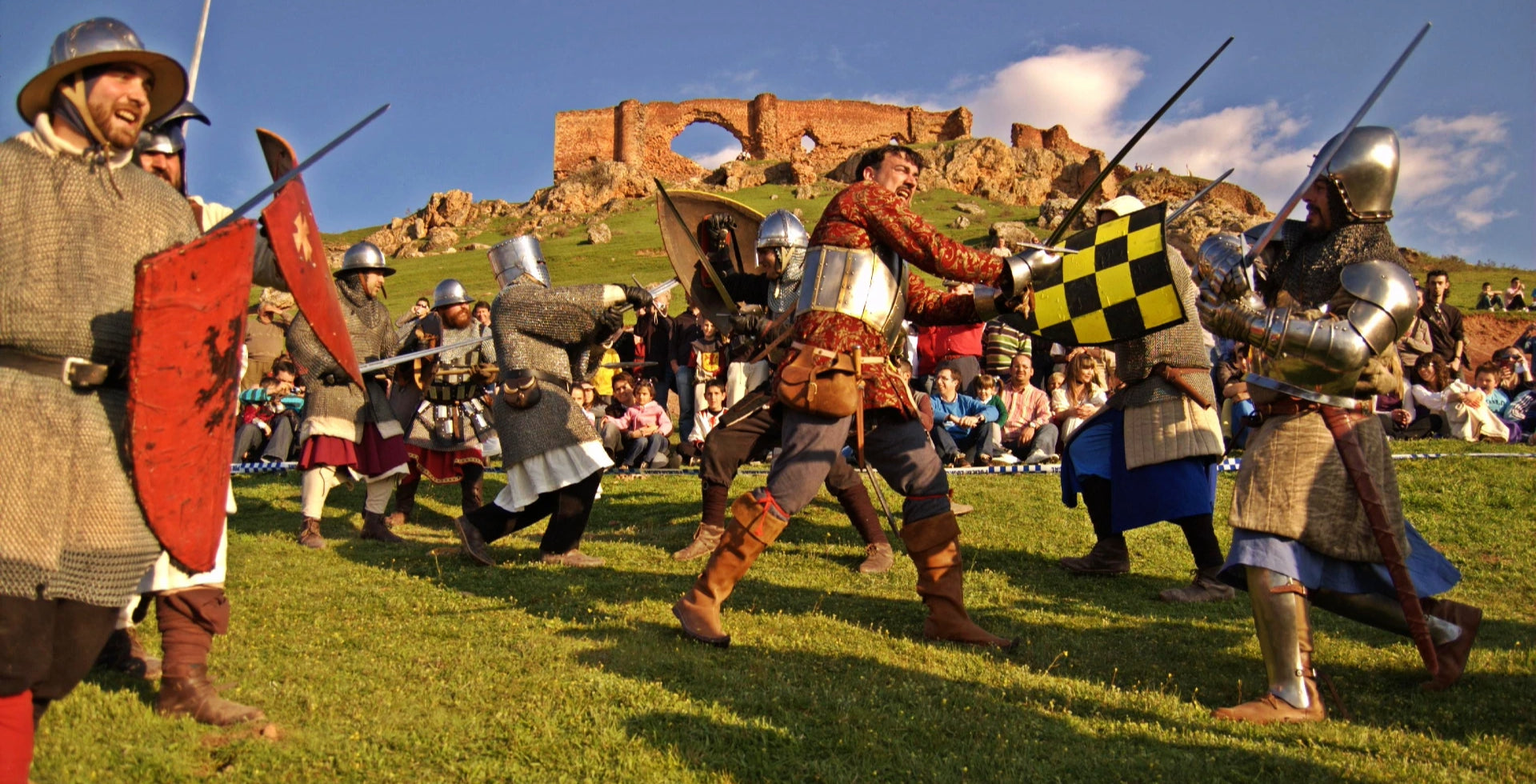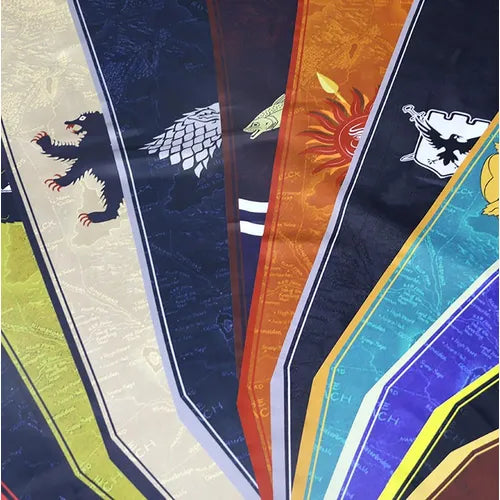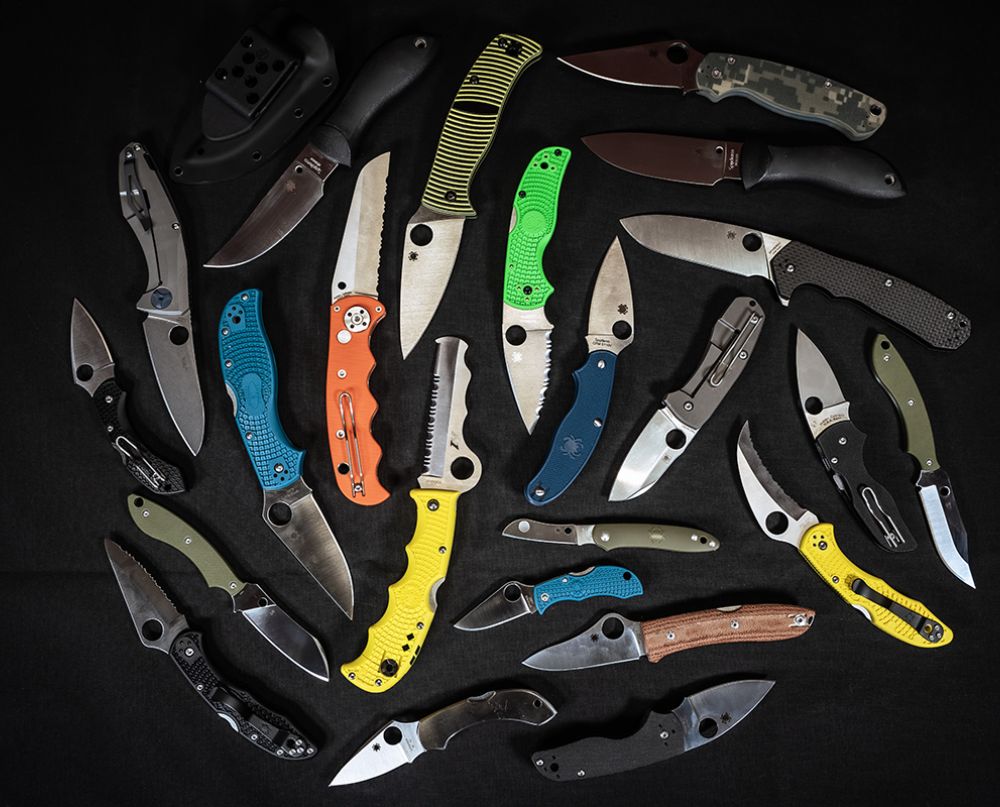The machete is one of the most versatile and durable tools in history.
Far from being a single model, it constitutes a family of weapons and tools designed for tropical agriculture, forestry, survival, and self-defense. Below, we explore some of the wide variety available.
The main types of machetes

Latin machete
Native to Latin America, it has a straight blade measuring 45 to 60 cm. Its design makes it ideal for clearing land, pruning branches, cutting undergrowth, or opening paths in mountains and jungles.
It is widely used in rural agriculture, especially in countries such as Mexico, Colombia, Brazil and Venezuela.
It is also used for cutting firewood and as an everyday field tool.
(Image of Two-handed Latin Machete )

Filipino Bolo
Native to the Philippines, it features a heavier blade at the tip, allowing it to cut through dense vegetation, split soft wood, and perform demanding agricultural work.
Historically, it was also a traditional Filipino weapon. Today, it remains common in agricultural areas of Southeast Asia and in tropical crops.
(Image of Machete Bolo )

African panga
Popular in Africa, it has a wide, curved blade, a design that allows it to cut through thick canes, tough shrubs, and heavy branches, making it excellent for tropical agriculture and forestry work.
Its curved shape increases cutting efficiency in areas with thick vegetation.

Nepalese Kukri
It is a national tool and weapon of Nepal, used by the famous Gurkhas.
Its inward-curved blade concentrates the force of the blow, allowing for precise cutting, woodworking, field clearing, and self-defense.
It is also used to prepare firewood and build shelters in rural and mountainous environments.
(Image of King Kukri, Machete Condor )

Malay Parang
Typical of Malaysia, it has a curved, wide, and heavy blade, designed for cutting through tropical rainforests, cutting fibrous vegetation, and clearing bushes in humid areas.
It is an essential tool in modern bushcraft and jungle survival techniques.

Heavy Machete
It has a thick and heavy blade, straight or slightly curved.
It is ideal for felling thick branches, cutting hardwood and performing high-impact tasks.
Widely used in extreme survival, wilderness rescue, and advanced camping.
(Image from Heavy Machete )

Machete Bowie
Inspired by the famous American Bowie knife, this machete combines a clip-type point and a sharp blade.
It is used for animal butchering, fine cutting, precision work and self-defense.
It is common in hunting and camping activities.
(Image of Machete Bowie )

Indonesian Golok
Originating from Indonesia and Malaysia, it has a short, sturdy, well-balanced blade.
Its design is ideal for bamboo cutting, precise pruning work, and rural work in the jungle.
It is also highly valued in forest survival.
(Image of Machete Golok )

African Tapanga
This machete has an angled tip similar to an axe, giving it superior impact.
It is perfect for cutting dense bushes, clearing land, and working in tropical plantations.
Its particular design increases the efficiency of the blow.

Cane machete
Designed for the sugarcane industry, it has a straight, long, and thin blade, ideal for cutting sugarcane quickly and accurately.
Its lightness allows for repetitive cuts on long, fibrous stems, making it indispensable in the Caribbean and Central America.

Filipino Barong
With a broad, teardrop-shaped leaf, it comes from the southern Philippines.
Combining frontal weight and great cutting power, it was used as a tribal weapon and today serves in rural work where it is necessary to penetrate dense vegetation.
(Image of the Barong Machete )
The machete as a cultural and political symbol
Beyond its practical use, the machete has acquired a strong symbolic value. In many Latin American and African cultures, it represents resistance, hard work, and justice. Furthermore, in revolutionary iconography, it appears in the hands of oppressed people.
In regions like Cuba, Colombia, Mexico, Venezuela, and Haiti, the machete is more than a tool: it's part of folklore, dance, proverbs, and history. Its silhouette is engraved on banners, repeated in popular songs, and displayed as a symbol of peasant identity.
The machete has stood the test of time for one simple reason: it works. Its design combines strength, simplicity, and versatility. However, it has adapted from region to region, resulting in a diversity of types as wide as its uses.
Far from being relegated to the realm of folklore, today it continues to be refined and adapted to new uses, remaining firmly established as one of the most effective utensils ever created by humankind.
You can find these machetes and many more in our Medieval Shop

